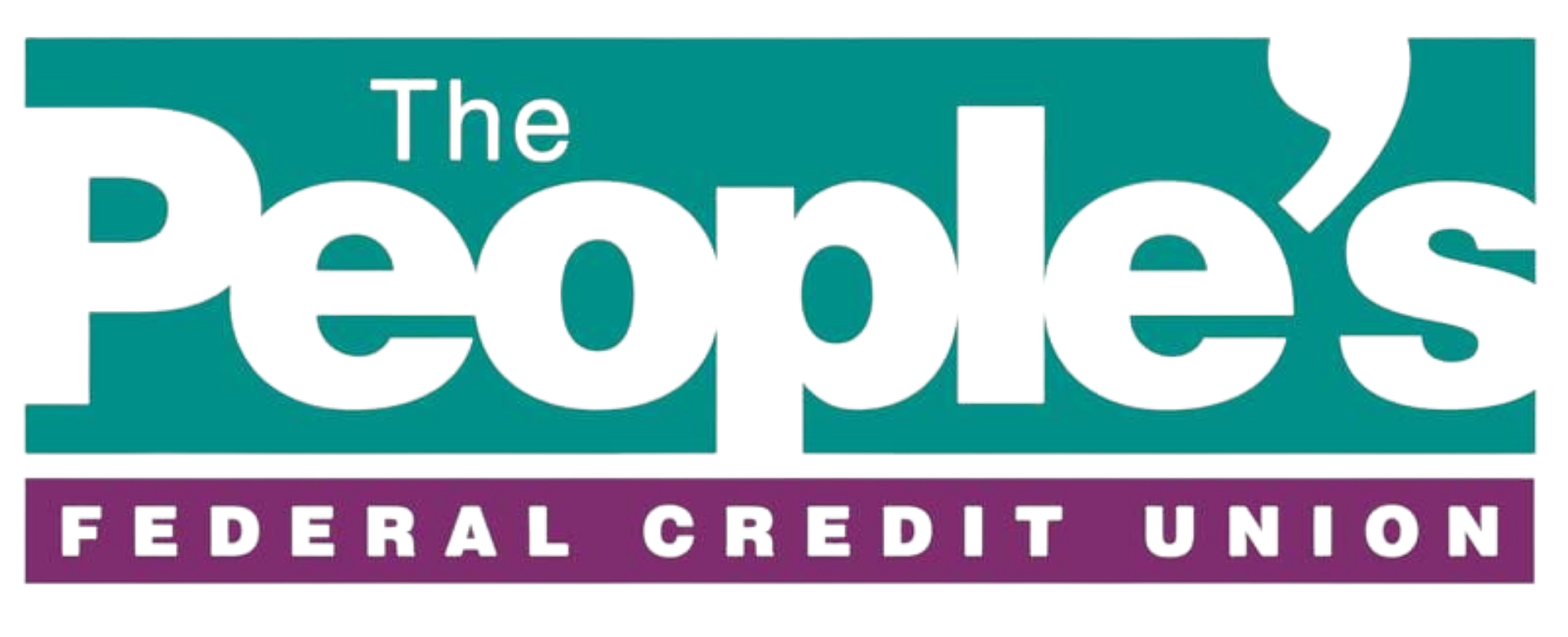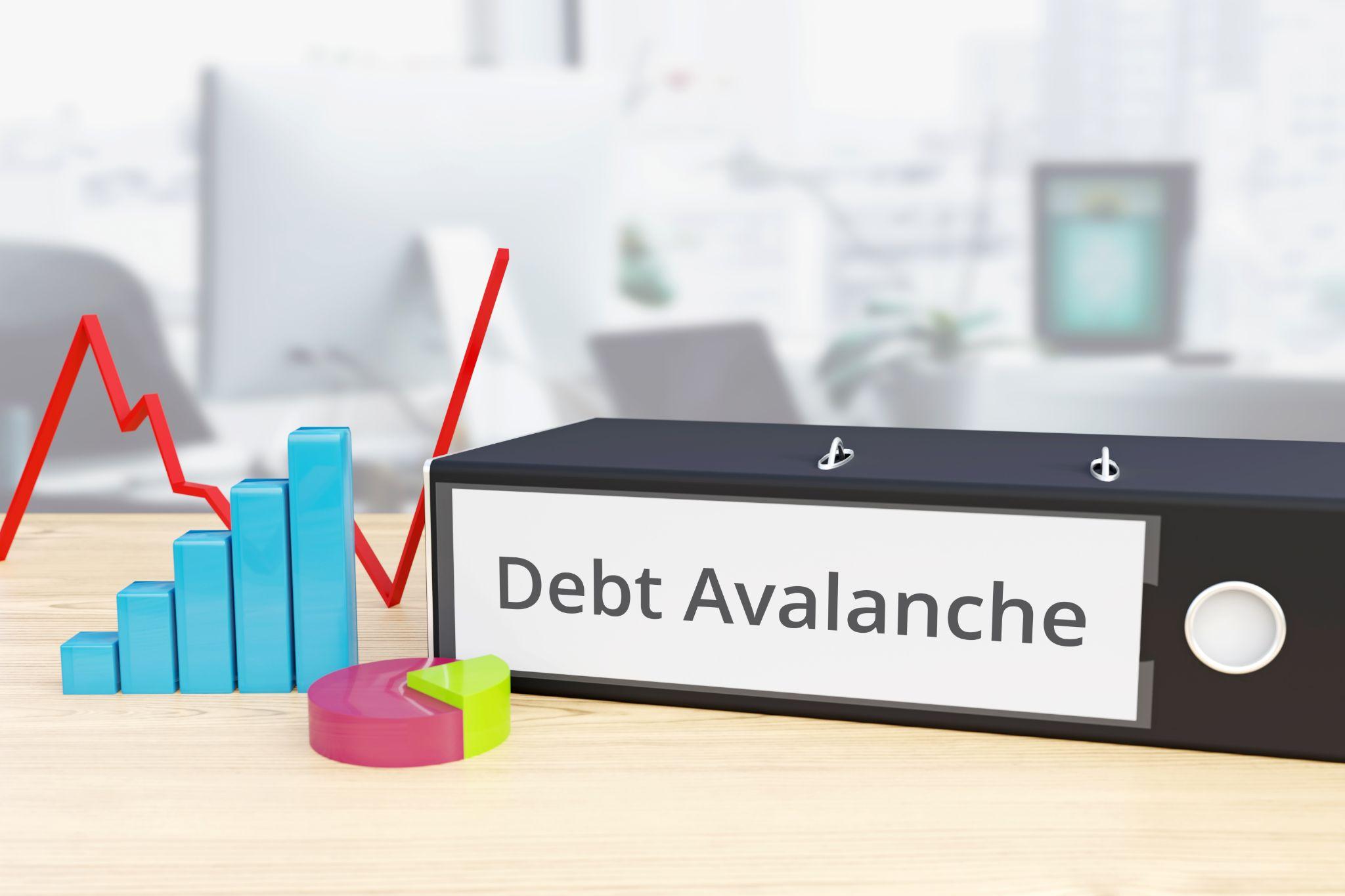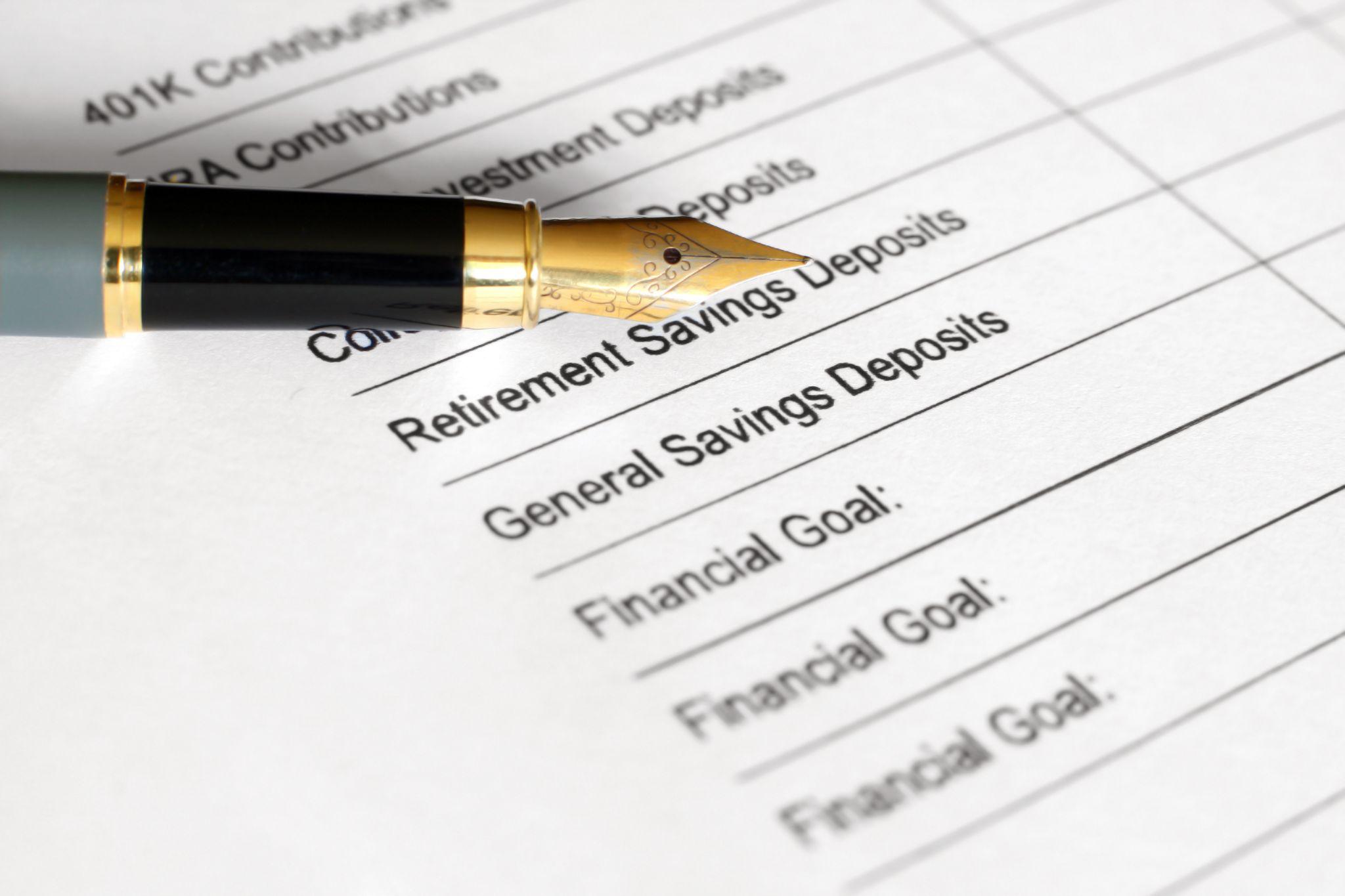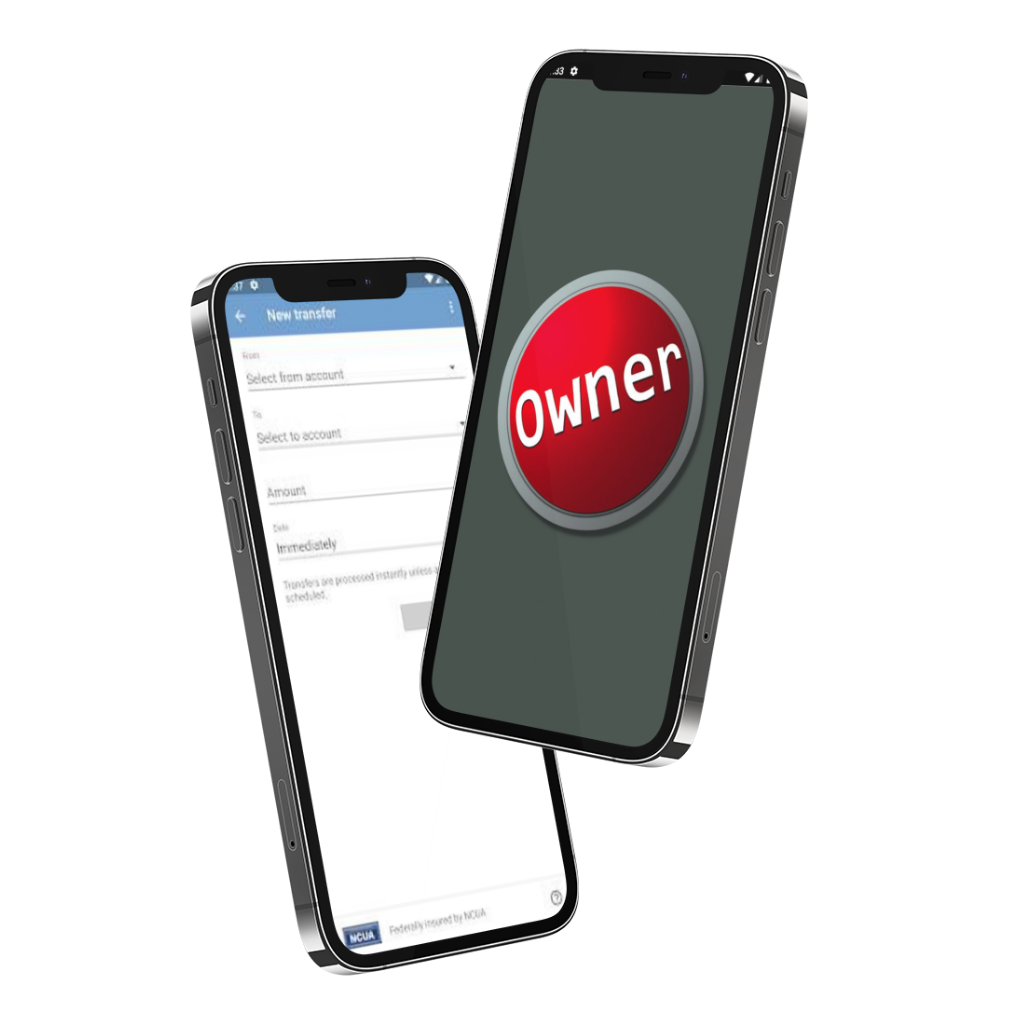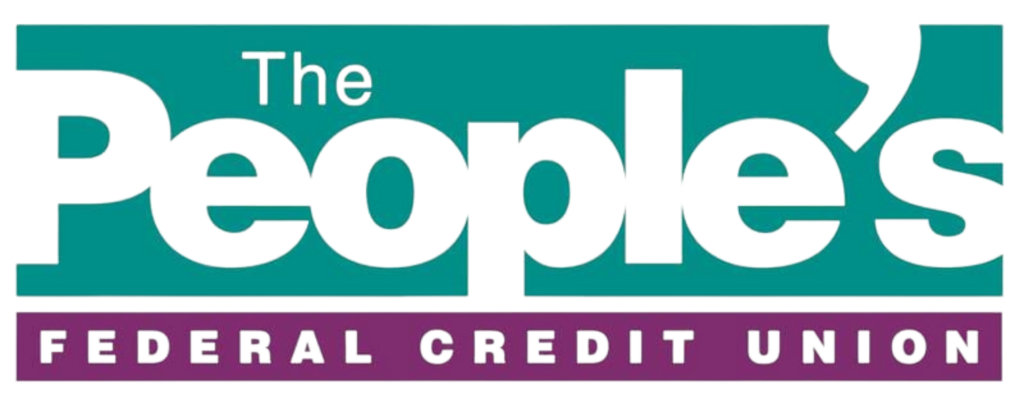Developing an effective strategy to pay off your credit cards or a home loan, car loan, student loan, etc. is important if you want to be debt free. People utilize different methods to do this, including debt avalanche and debt snowball methods. Let’s first take a look at each method and why people use them, so you can decide which method could help you save money and increase your credit score.
Debt Avalanche
With this method, you organize your debts based on their interest rates. The goal is to pay off the highest interest rate account first, then move on to the next highest, and so on until all of them are paid off. It is important to keep in mind that your highest rate debts may also be your largest. Paying them off could take just as long as using the snowball method—but if you stick to your plan, you can ultimately reach your goals.
The main advantage is paying less in interest over time. With higher interest rates, it is easy to find yourself in a situation where you’re being charged interest on top of interest, thanks to compounding. By paying down debt with the highest interest using the debt avalanche method, you could end up paying back less in the long run.
Here are some tips on using this method:
- Make a list of amounts owed, what you pay each month, and when payments are due.
- Arrange your list in order from highest to lowest interest rates.
- Determine how much you can pay on the highest rate account while making minimum payments on other debts.
- When that account is paid off, use the extra money in your budget to pay down the next-highest interest rate account.
Debt Snowball
With this method, you organize your debts based on their balances. The goal is to pay off the debt with the lowest balance first, then move on to the next smallest debt, and so on. Each time you pay off a debt, you take the minimum amount you were paying and roll it into your next lowest debt payment.
To illustrate, you have three credit cards with balances of $400, $1,000, and $1,500. The minimum monthly payments are $40, $50, and $75 a month. The first card would be paid off in about a year, due to interest. Once it was paid off, you would then combine the $40 with your $50 a month payment to pay off the second card. Then, once that one was paid off, you would combine the $90 with your $75 a month payment to pay off the last card.
The process of organizing your debts using the debt snowball method is similar to debt avalanche and requires the following:
- List your credit card debt based on the total amount owed, minimum payments, due dates, and other payment information.
- Sort out each account from the lowest to highest dollar amount.
- Determine how much you can pay toward your smallest debt and make sure you can meet the minimum payment on each debt.
- When your smallest debt is paid off, roll the payments over to your next-smallest debt.
Which Method Is the Best
Does it really matter which method you use? It really depends on your own financial situation and willingness to stick to your debt-reduction plan. In some cases, your highest interest debts could also be your lowest, so you could use the snowball method and incorporate the ideals of the debt avalanche method.
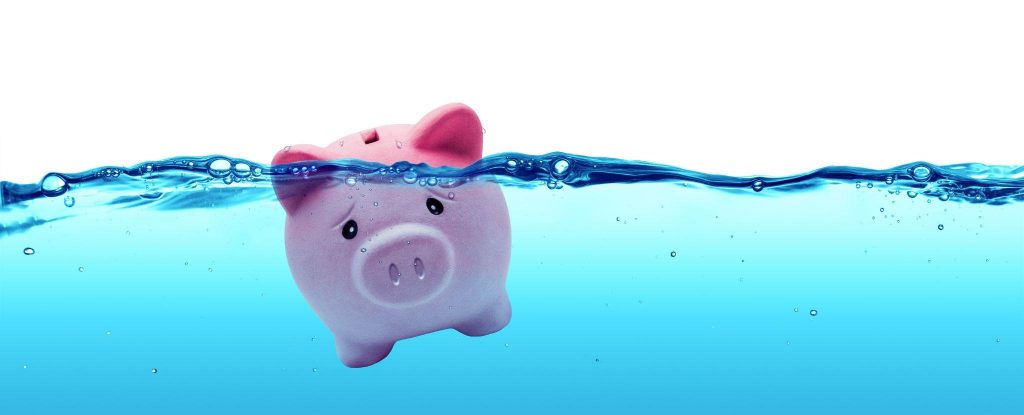
An alternative method some people use is to pay their minimum monthly payment plus the interest they were charged. This way, the entire minimum payment is going toward the principal balance, and you are also paying that month’s interest payment. Not only will this help pay down the debt faster, but it also reduces the amount of interest charged each month.
- TIP #1: While paying down your debts, do not neglect to build your savings, too. If you have an unexpected emergency, you can use your savings instead of your credit cards and not worry about increasing your debts.
- TIP #2: Stay on top of other ways to manage your personal finances, including making payments on time, lowering your debt-to-income ratio, and spending within your limits. Try not to use more than 30% of your available credit on each card. When you pay off an account, do not close it; this will increase your debt utilization ratio, which can have a negative impact on your credit score.
Contact Us Today
For more money-saving and debt reduction tips, to open a shared savings account, or find personal loans, head over to The People’s Federal Credit Union. You can also learn how we can help manage your debt. For additional help, call us at 806-359-8571 today!
